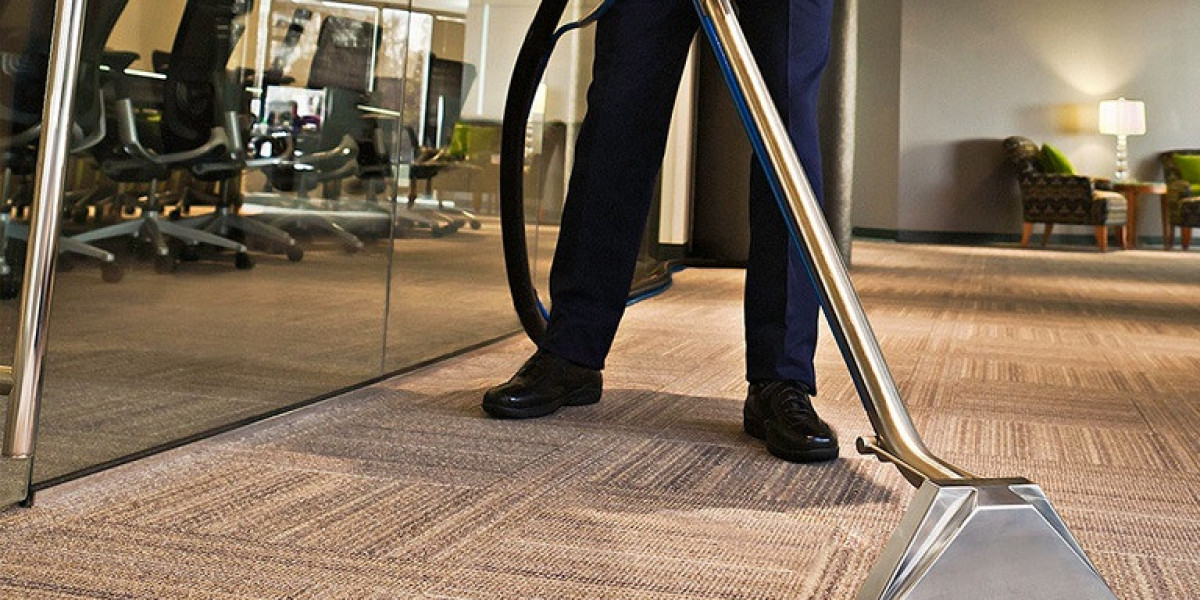The idea of a smart home used to sound like science fiction or something only the ultra-rich could afford. But today, with falling hardware costs and more local availability, many homeowners in Pakistan are beginning to dip their toes into home automation. One of the most accessible entry points is the smart switch — a device that replaces or complements your traditional wall switch so that lights, fans, or other fixtures can be controlled remotely, scheduled, or automated.
Smart switches allow you to control devices by phone, voice commands, automation scenes, or schedules. They offer convenience, energy savings, security benefits, and a modern touch to ordinary homes. In Pakistan, several brands and local sellers now offer smart switch options that don’t break the bank, making smart home automation more accessible than ever.
In this article, I will cover:
- What smart switches are and how they work
- Why you would want one in your Pakistani home
- The price ranges and options currently in Pakistan
- Key features to look for
- Installation and wiring tips
- Challenges, pitfalls, and how to avoid them
- Future trends and where the technology is heading
What Is a Smart Switch & How It Works
A smart switch is an upgraded version of a regular wall switch or circuit switch, but with added intelligence and connectivity. Instead of simply toggling power manually, a smart switch allows you to:
- Turn on/off devices via smartphone or app
- Set timers, schedules, or scenes (e.g., turn lights off at midnight)
- Control devices by voice assistants (Alexa, Google Assistant)
- Automate actions (e.g., motion sensor triggers lights)
- Monitor electrical usage in more advanced models
Smart switches typically connect to your home network (Wi-Fi, Zigbee, or sometimes Bluetooth). When you tap the app or issue a voice command, the switch receives that command and toggles the circuit accordingly. Some also remember their state before a power cut and restore that state.
Because the switch is physically in line with the circuit, it replaces or complements your existing wiring. Many modern smart switches are built to fit within standard wall boxes, so the look and feel remain neat.
Why Smart Switches Are Useful in Pakistani Homes
Though the idea sounds high-tech, smart switches offer several real benefits in Pakistani homes:
1. Convenience & Remote Control
You can control lights or appliances from anywhere—inside the home, or even when you are away. Forgot to turn off the hallway light? Just tap your phone.
2. Schedules & Automation
You can schedule lights to turn on at dusk, turn off at bedtime, or use “scenes” (multiple lights change together). This automates everyday routines.
3. Energy Savings
By eliminating “lights left on” waste, you reduce electricity consumption. Timers and automation ensure devices only run when needed.
4. Security & Comfort
Simulating presence when away (lights turning on/off randomly) can deter intruders. Also, walking into a dark room and having the light come on smartly is a nicer experience.
5. Future-Ready Homes
Even if you start with one or two smart switches, you can gradually grow a smart home ecosystem—smart plugs, sensors, smart appliances—and have them all work together.
6. Modern Aesthetics
Many smart switches use glass touch panels, LED indicators, and sleek design—upgrading the look of your rooms along with the function.
Because of these benefits, it is increasingly common to see smart switches offered by Pakistani home automation shops, and many builders or renovators include them as an option for modern homes.
Price Ranges & Options in Pakistan
To understand what's “affordable,” let’s look at what you can expect in terms of pricing and typical devices available in Pakistan today.
Local Smart Switch Retailers & Price Points
- Some shops list smart in-wall 1-gang Wi-Fi touch switches at prices in the range of several thousand rupees.
- Multi-gang touch panels (2-gang, 3-gang, 4-gang) also appear in local catalogs.
- Specialized automation shops offer smart dimmers, two-gang smart switches, and power controller switches with 10A or 16A ratings.
- Budget “controller/module” versions (hidden behind the wall, not in-panel) also exist at a lower cost.
For example, some smart switch controllers start around Rs. 1,850 or more in certain stores. More polished smart in-wall switches cost more. These local offerings make smart switches feasible even for middle-range homes without going into high-end automation systems.
Because multiple local shops carry smart switch portfolios (crystal series, touch panels, multi-gang models) across Pakistan, competition helps drive better pricing and availability.
What Determines Price Differences
Several factors explain why one smart switch costs more than another:
- Build quality and aesthetics: Glass panels, premium casing, LED design—these add to cost.
- Electrical rating: Higher amp capacity (e.g., 10A, 16A, 20A) demands stronger components and better internals.
- Connectivity & feature set: Wi-Fi + Zigbee + OTA updates or extra smart features increase cost.
- Brand & warranty: Known brands that offer warranty and local support tend to charge more.
- Number of gangs: A 4-gang panel is more expensive than a 1-gang panel for obvious reasons.
- Local importation & shipping overhead: Many smart switches are imported or partially imported, so shipping costs, customs duty, and logistics add to pricing.
- Support for premium features: Features like dimming, power monitoring, surge protection, and advanced firmware raise costs.
Because of all these variables, “affordable” is relative. The goal is to find a switch that offers you the features you need without paying extra for features you won’t use.
Key Features to Look For in An Affordable Smart Switch
When comparing options, here are the features you should focus on to get the best value:
Rated Current (Amps) & Voltage
Ensure it can handle your load (lights, fans, etc.). If you overload it, it may fail prematurely.
Neutral / No-Neutral Compatibility
Some Pakistani homes do not have a neutral wire in the light switch box. A smart switch that works without needing a neutral wire is very helpful.
Connectivity Type
- Wi-Fi (2.4 GHz) — the most common and simplest (no separate hub)
- Zigbee / Thread / other mesh protocols — more stable, lower latency, but usually needs a hub
- Some models support dual connectivity (Wi-Fi + Zigbee)
Firmware & OTA Updates
The ability to update firmware over-the-air is critical for security, bug fixes, and new features.
App Ecosystem & Voice Integration
Must work with well-known apps (Smart Life, Tuya, etc.) and support integrations like Alexa, Google Home, or Siri.
Memory / State Retention
After a power cut, the switch should remember its last state (on/off) and restore accordingly.
Surge Protection & Safe Design
Good quality materials, suppression against power surges, flame-retardant casing—important in environments with unstable power.
Multi-Gang / Expandability
If you control multiple circuits in one location, multi-gang panels reduce clutter and cost.
Ease of Installation & Wiring Flexibility
The layout should match standard domestic boxes, with clear labeling for load and line terminals.
Warranty & Support
Even for affordable models, a warranty of 1–3 years is a strong sign of confidence from the seller.
If a switch has fewer of these features but costs only a little less, it may not be a wise trade-off.
Installing Smart Switches: What You Need to Know
A smart switch generally replaces your conventional light switch or can be installed alongside. Here are practical tips:
- Turn off the mains power before any wiring work. Safety first.
- Use qualified electricians unless you have experience with wiring and electricity.
- Label wires (Live, Neutral, Load) as you remove the old switch.
- Some smart switches require a neutral wire; if your switch box has no neutral, pick a model that supports no-neutral design.
- Keep wiring lengths short and use proper wire gauges (copper wires, sufficient cross-section) to reduce voltage drop.
- After installation, test the switch manually before linking with the app.
- When setting up in-app, place the new device in the same region as your home network; ensure stable Wi-Fi (2.4 GHz).
- Observe for heat generation during first use—slight warmth is normal, but overheating is not.
- For multi-gang panels, plan the order and functionality of each gang (e.g., first gang for light, second for fan).
- Consider grouping switches in your app by room or circuit for organizing scenes.
Over time, with careful installation, your smart switch setup should be seamless and reliable.
Challenges & Pitfalls (And How to Avoid Them)
Smart switches are great, but the road isn’t without obstacles, especially in Pakistan’s environment and market. Here are common issues and how to mitigate them:
Weak Wi-Fi / Signal Dropouts
In some homes, the Wi-Fi signal is weak where switches are located (deep inside walls). Use mesh routers, Wi-Fi extenders, or plan switches closer to access points.
Unstable Power / Surges
Fluctuations in power are common. Use switches with built-in surge protection, or install external surge protectors.
Counterfeit / Low-Quality Devices
Cheap, unbranded switches flood marketplaces. These may fail early or cause hazards. Always buy from reputable sellers who offer a warranty and verification.
Firmware Bugs & Update Risks
Some switches may have buggy firmware that causes “offline” status or failures after updates. Use models with known stable firmware and good update support.
Compatibility & Protocol Mix
If you mix different brands or protocols, integration can become messy. Stick to a platform (e.g., all Tuya / all Zigbee) for a smoother experience.
Cost Creep
Adding many smart switches in a house can escalate the total cost (device, wiring, and electrician). Start with priority rooms (living, main hall) before automating everything.
Lack of Support
Once a cheaper product fails and you need parts or replacement, some sellers vanish or do not offer support. Always check the warranty, returns policy, and seller reputation.
Trend & Growth: Where Smart Switches in Pakistan Are Headed
The smart switch market in Pakistan is evolving fast. Here are emerging trends and predictions:
- More local brands & assembly — to reduce import costs and improve support.
- Better power handling & integration with solar / inverter systems — as many homes have hybrid power setups.
- Mesh and hybrid connectivity — more models combining Wi-Fi, Zigbee, Thread for resilience.
- Integration with AI/voice assistants / local language support — making automation more natural for Pakistani users.
- Better app ecosystems — bulk management, grouping, power analytics, energy reports, smart alerts.
- Affordable erasure/self-learning scenes — switches that learn behavior, like turning lights off when the room is empty.
- Energy efficiency certifications — as users demand product transparency on power consumption.
Overall, smart switches are no longer niche — they are becoming standard options when building or renovating modern homes.
Choosing Your First Smart Switch: A Suggested Roadmap
If you’re new to smart switches and home automation, here’s a suggested step-by-step approach:
- Select a flagship room or circuit — start with the living room light, a hallway, or a main switchboard.
- Choose a dependable model — prioritize reputation, warranty, and basic features.
- Install & test — observe connectivity, app response, heat, and behavior under load.
- Add automation slowly — schedule it, integrate simple scenes (e.g., “lights off at 11 PM”), and test.
- Expand gradually — add adjacent switches, smart plugs, sensors, etc., keeping everything in the same ecosystem.
- Monitor power usage & reliability — replace or upgrade if certain switches are weak spots.
- Stay updated — update firmware when safe, follow forums or brand notifications about bugs or design quirks.
This cautious but progressive approach allows you to get value early and scale smartly without overpaying.
Conclusion
Smart switches are a gateway to affordable, practical home automation for regular households in Pakistan. They deliver real benefits—remote control, scheduling, energy savings, security, and modern aesthetics—without requiring massive investment. Thanks to local availability, competitive pricing, and an expanding range of models, smart switches are no longer just luxury gadgets, but accessible upgrades for homes big and small.
To make your smart switch journey smooth, focus on functionality you’ll actually use, pick reliable brands, plan installation carefully, and expand gradually. With time, your home can evolve from traditional to intelligently automated—giving you control, convenience, and peace of mind.














